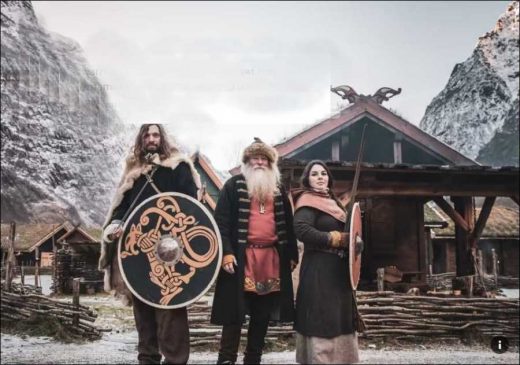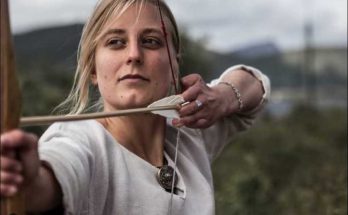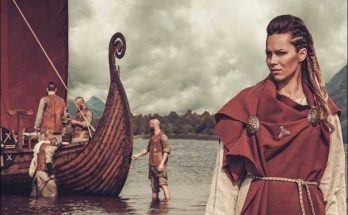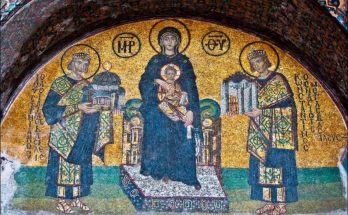In the Viking Age (790-1100 AD), women were not powerless at all, even though they lived in a male-dominated society; Women ran farms and households, were responsible for textile production, migrated from Scandinavia to help settle Viking lands stretching from Greenland, Iceland and the British Isles to Russia, and (though not certainly) even engaged in trade in sparsely populated urban centres.
M.S. Some women belonged to the wealthy upper class, such as the lady – or queen – buried aboard the opulent Oseberg ship in 834. At the other end of the spectrum were slaves brought from conquered areas during the Viking expansion and incorporated into Viking society.
Since we can obtain information about the lives of Viking women mostly through the tombs, objects in the graves, and the rune stones mentioned about the women, we have sufficient information about their clothes, jewelry and personal belongings, but we do not have much information about their power or status. But in a society where small rural communities or remote self-sufficient farms were common, domestic work, which was mostly the domain of women, was of no small importance.
In some cases, women who remained at home were temporarily responsible for the farm, such as when the men went away to trade or plunder monasteries and terrorize the monks along the coast of Northern Europe. Moreover, the existence of female Viking warriors has been a hot topic in recent years, but the evidence on this subject is controversial and insufficient.
Clothing and Jewelery
One of the areas where we know the most about Viking women is the clothing and jewelry of the period. Through the tombs and their objects, we see that most women wore clothes consisting of two or three layers: a long dress of linen or wool, fastened or sewn at the neck with a round brooch, usually a rectangular cloth of wool, tied to hug the body, and the straps fastened with two oval brooches at the front.
These oval brooches, also known as turtle brooches, are typical of Viking material culture, and finding them in any grave often indicates a Norse connection. Brooches are quite diverse, with more than 50 styles. According to Neil Price, “this great diversity may reflect changes in fashion, but it is more likely that it points to a mysterious language of class and regional affiliation that we can no longer understand.”
In addition to oval brooches, box-shaped brooches were also used to tie shawls and similar garments. Both types of brooches were usually made of bronze and decorated with knot patterns. Textile products were also very diverse; There were many different types of fabric, from the wool they produced themselves to the silk from the East that could be found in trade centers such as Birka in Sweden, and in Birka, for example, it was possible to find fabrics of different qualities in a single grave.
In addition to these items, Viking women also wore necklaces, bracelets, trefoil clasps, and three-pronged trefoil brooches decorated with knot patterns and/or filigree. Beads were often found in their graves.
Next Page: Merchant Women and Home Management in the Viking Age.
Visits: 123



